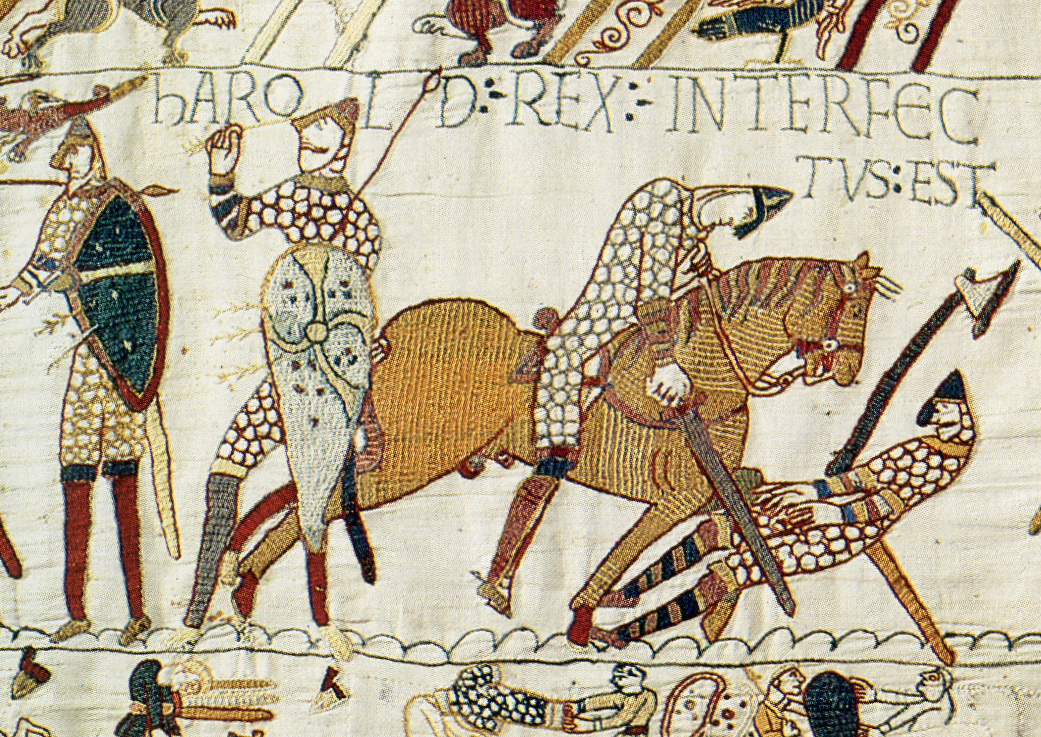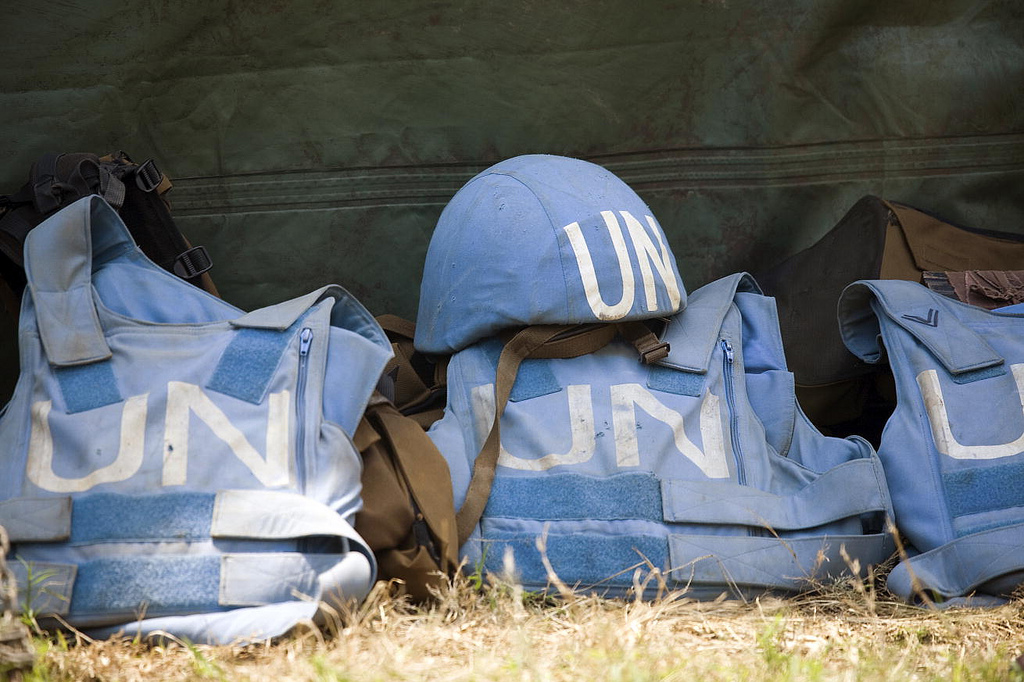Guest post by Alexandre Christoyannopoulos, Molly Wallace, and Ned Dobos
Ukraine has received tens of billions of dollars worth of military aid since the Russian invasion began one year ago. The international consensus seems to be that supporting Ukraine means financing its war effort. But a few dissenting voices have emerged of late, more ambivalent about the prudence—and ethics—of the current policy. Colonel Douglas MacGregor, a former advisor to the US Secretary of Defence, has warned that the choice of cure could turn out to be worse than the disease.
At least 7,000 Ukrainian civilians have already perished in the war. Thousands more have been injured, and millions have been displaced. MacGregor’s primary concern is that the bleeding will continue for as long as the fighting does. Russian forces advance, Ukrainian forces resist with violence, Russia responds with counter-violence, and the bodies continue to pile up. The Ukrainian state retains its sovereignty, but eventually we get to a point where, to quote MacGregor, “There are no longer any Ukrainians left!” This is hyperbole, of course, but that should not distract from the valid point MacGregor is making. States exist for the sake of their citizens, not the other way around. Therefore, if a given method of defending the state is causing its citizens to be killed or to flee en masse, that is a compelling reason to explore alternatives.
What is often overlooked about armed resistance is that, when it “works,” it does so by producing a mental rather than physical effect. Wars are won by breaking the enemy’s will to fight, not necessarily its ability to fight. Victory usually comes, if it comes, long before there are no enemy soldiers left; it comes when those soldiers who remain and/or their leaders are no longer motivated to fight, or in more extreme cases, when the soldiers are so demoralized that the leaders can no longer mount enough coercive pressure to make them continue fighting. Everything hinges on how the remaining members of the opponent group react to the destruction of their compatriots’ lives and their military or civilian infrastructure, not on the destruction itself.
Once we realize that the condition of surrender is not physical but psychological, it is only natural to wonder: Is there no way to change minds except through violence against bodies?
Nonviolent resistance is an alternative strategy for breaking the will of the aggressor. Protests and fraternization can engage the moral sentiments of the aggressor’s functionaries and citizenry, leading to a loss of popular support. Boycotts and blockades can alter the material cost-benefit equation of the aggression, so that it is no longer worth it. And nonviolent sabotage can directly diminish the aggressor’s capabilities by physically disabling military, transportation, or communications infrastructure.
Ukrainians have been engaged in various forms of such nonviolent resistance since the Russian invasion began. It took more visible forms at first—ordinary civilians demonstrating in Ukrainian colors or standing between Russian tanks and their towns—and has since shifted to less visible, more dispersed methods in response to Russian occupation and repression—graffiti, non-cooperation with Russian authorities, alternative communication, and governance institutions. There were even overtures to the Russian public and soldiers, eliciting responses from significant scientists, clerics, and journalists.
Unlike the militarized resistance, however, the nonviolent resistance has received no significant material support from the international community. Consider for example the Ukrainian government’s early offer of money and amnesty to Russian deserters, which circulated via SMS messages containing instructions on how and where to surrender and collect payment. According to The Times (UK), there was some initial uptake—a Russian soldier was photographed surrendering himself and his tank to Ukrainian forces in March, in exchange for cash and an offer of permanent resettlement in Ukraine. But consider what might have been.
Suppose the international community were to double the Ukrainian government’s offer of $50k per deserting soldier, as economist Bryan Caplan suggested. Desertion is a risky proposition, but for twice the payoff perhaps many more Russian soldiers might have considered the risk worth taking. Additionally, countries besides Ukraine could have offered Russian deserters amnesty and even citizenship within their own borders. This way deserters would need not worry about Russia eventually winning the war, occupying Ukraine, ousting its government, and taking its vengeance against them. The recent involvement of Wagner Group mercenaries on the Russian side only underscores the utility of economic incentives to alter the motivation of soldiers.
Of course, we cannot say for certain that a nonviolent approach will work. But we cannot say for certain that violence will work, either. So far it hasn’t.
If there are nonviolent ways to break Russia’s will to fight, why the reluctance to exploit them?
One possible reason is the widespread belief that nonviolence, although it can be effective, is not nearly as effective as military force. But this belief is more an a priori assumption than a rational conclusion based on an impartial appraisal of the evidence. Scientific research suggests that, during 1900–2006, nonviolent resistance outperformed violent resistance by a ratio of almost 2:1.
Maybe our desire to see wrongdoers not simply thwarted but punished explains the preference for violence here. Perhaps our sense of justice recoils at the thought of paying Russian combatants to desert, instead of making them suffer for what they have done—though this stance ignores the coercion and manipulation that Putin’s government has used against its own armed forces.
In any case, surely what matters most in all this is the welfare of the Ukrainian people. The reality is that massively financing the war effort has produced a state of attrition with no end in sight. Persisting with the current policy regardless, expecting things to change while the casualties mount, is a combination of delusion and depravity. We should now turn the spotlight onto those Ukrainians who—despite the loud calls for military weaponry—have been steadily engaged in various forms of nonviolent resistance and defense since the invasion. Their actions deserve more support—both moral and material—than the international community has so far provided.
Alexandre Christoyannopoulos is a reader (associate professor) in politics and international relations at Loughborough University, and his publications are listed on his website. Ned Dobos is a senior lecturer in international and political studies at UNSW Canberra, and author of Ethics, Security, and the War Machine: The True Cost of the Military. Molly Wallace is adjunct assistant professor in conflict resolution at Portland State University, senior contributing editor at the Peace Science Digest, and author of Security without Weapons: Rethinking Violence, Nonviolent Action, and Civilian Protection. The three of them are the editors of the new Journal of Pacifism and Nonviolence.







2 comments
I am surprised you did not mention Ukraine’s Orange Revolution? Or did you and I did not see it?
If they were non violent Kyiv would have been taken in the first few weeks and the Ukrainian Democratic freedoms would be lost under PUTIN autocracy and FSB type arrests and repression ( as is happening now in Russia ) would be in full force in occupied Ukraine. Instead by using violence against an attacking foe they are winning the country and their freedom. You totally fail to give credence to the idea that winning a war ( as in WW2 against Hitler ) involves fighting. Once in charge of the courts, police , army and Schools to teach children they are “Russian” we would have a state not unlike North Korea with a dictator and party that controls the country with no freedoms at all.